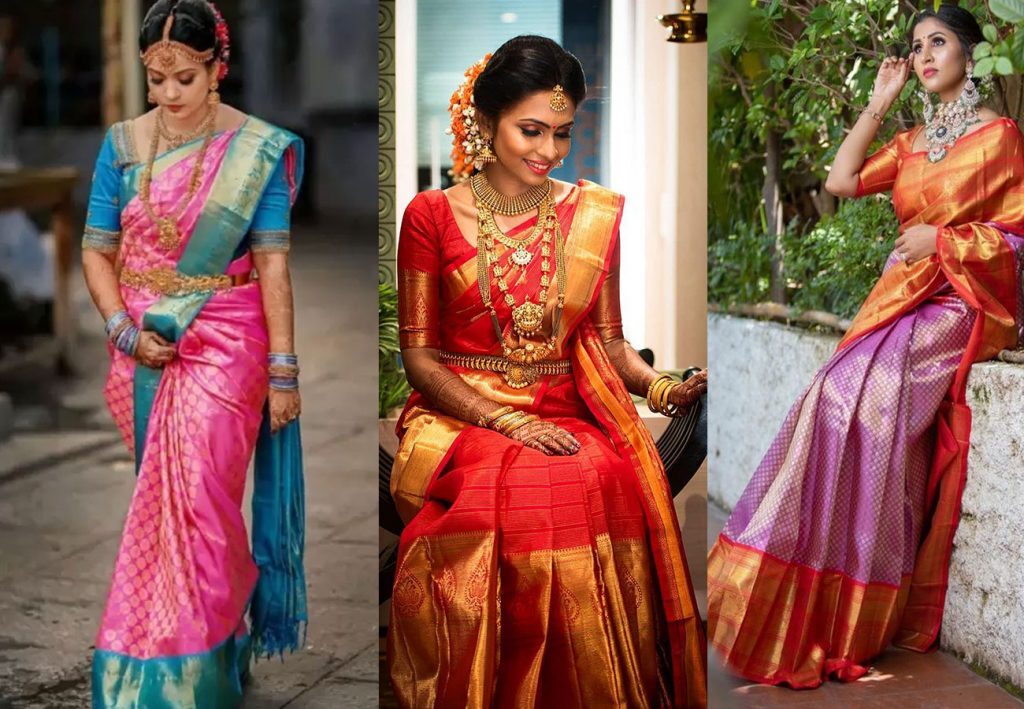In the vibrant tapestry of Indian culture, the diversity of traditional attire stands as a testament to the rich heritage of the subcontinent. Among the myriad styles that grace this cultural mosaic, South Indian dress holds a distinct place, characterized by its intricate designs, vibrant colors, and timeless elegance. From the resplendent silk sarees to the majestic mundu, South Indian attire encapsulates centuries of tradition and sartorial finesse.
At the heart of South Indian fashion lies the resplendent saree, a garment that epitomizes grace and sophistication. Among the most celebrated variants is the Kanjivaram saree, renowned for its luxurious silk fabric and intricate gold zari work. Originating from the town of Kanchipuram in Tamil Nadu, these sarees are revered for their opulent designs and impeccable craftsmanship. Adorned with motifs inspired by nature, mythology, and heritage, each Kanjivaram saree is a masterpiece that embodies the cultural heritage of South India.
In addition to the Kanjivaram, South India boasts an array of regional saree styles, each distinguished by its unique weaving techniques and motifs. The vibrant colors and intricate patterns of the Kerala Kasavu saree, the traditional attire of Kerala, reflect the state's rich cultural heritage. With its pristine white fabric and golden borders, the Kasavu saree is a symbol of purity and elegance, often worn on auspicious occasions and festivals.
For men, the mundu remains a quintessential garment in South Indian attire, revered for its simplicity and versatility. Worn as a dhoti or wrapped around the waist, the mundu exudes a sense of traditional charm and understated sophistication. Paired with a crisp shirt or traditional kurta, the mundu is a timeless ensemble that reflects the cultural heritage of South India.
Another hallmark of South Indian dress is the vibrant array of jewelry that complements traditional attire. From intricately crafted gold necklaces to elaborate earrings and bangles, South Indian jewelry is renowned for its exquisite craftsmanship and ornate designs. Adorned with precious stones and intricate filigree work, these adornments add a touch of opulence to South Indian attire, enhancing its beauty and allure.
Beyond its aesthetic appeal, South Indian dress embodies a deep-rooted connection to tradition and heritage. Each garment, be it a saree or mundu, is imbued with symbolism and cultural significance, representing the customs, rituals, and beliefs that have shaped South Indian society for centuries. From the auspiciousness of the red-bordered saree to the symbolism of the traditional motifs, every aspect of South Indian attire reflects the region's rich cultural tapestry.
In recent years, South Indian Lehenga Choli has transcended geographical boundaries, captivating audiences around the world with its timeless elegance and aesthetic appeal. From fashion runways to red carpets, South Indian attire has become a global phenomenon, celebrated for its exquisite craftsmanship and cultural richness. As fashion evolves and trends come and go, South Indian dress remains a beacon of tradition and elegance, a timeless expression of the region's cultural heritage.






Comments